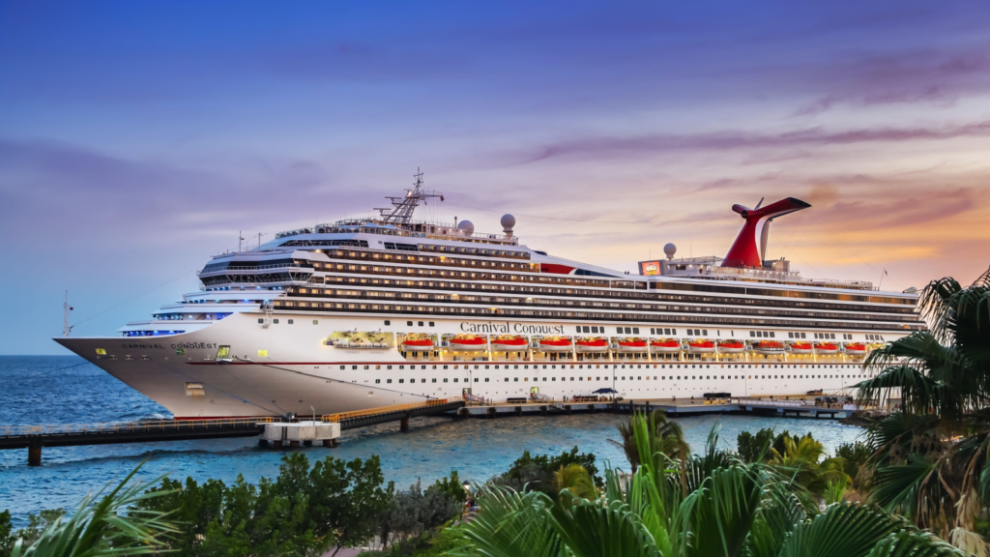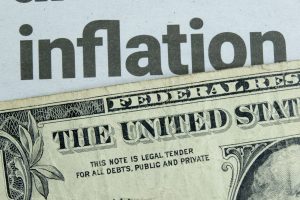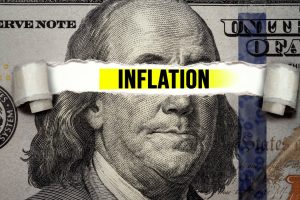Though setting sail on a cruise often represents an excellent bang for the buck, investors felt otherwise, sending shares of Carnival (NYSE:CCL) downward Monday. Although the company posted an earnings beat for its fiscal second quarter, it continues to lose money (though losses have been mitigated since the Covid-19 pandemic). Therefore, cruise stocks suffered across the board, with investors likely weighing viability risks.
Certainly, the print itself, under its own context, would seem to provide a favorable backdrop. For fiscal Q2, Carnival posted an adjusted loss that narrowed to 31 cents per share. This figure compares very favorably to a loss of $1.64 per share in the year-ago quarter. Also, as TipRanks pointed out, analysts anticipated Carnival to report a loss of 34 cents per share.
In a press release, management stated that total customer deposits hit $7.2 billion as of May 31, 2023. This tally represents an all-time record high. Notably, this figure surpassed the previous record of $6 billion posted on May 31, 2019. Per the leadership team, strong demand and bundled package offerings contributed to the blistering performance.
“Based on continued strength in pricing, we delivered outperformance in the second quarter and raised our expectation for revenue in the second half, which coupled with the interest expense benefit we are capturing from deleveraging will bring another $275 million dollars to the bottom line for the year,” noted Carnival CEO Josh Weinstein.
Again, on paper, cruise stocks should set sail to strong shareholder returns. Unfortunately, that hasn’t been the case today.
Economic Concerns Cast Doubt on Cruise Stocks
Despite some strong metrics, cruise stocks failed to respond encouragingly to Carnival’s earnings results. Royal Caribbean (NYSE:RCL) slipped 1%, while Norwegian Cruise Line (NYSE:NCLH) fell about 5%. CCL itself gave up a staggering 10%, symbolizing an almost-perfect antithesis of what the surface-level print implies. Nevertheless, a deeper look reveals potential vulnerabilities.
True, management expects to return to profitability in the second half of fiscal 2023. However, in totality, the AP reports that Carnival expects full-year results to range from a loss of 20 cents per share to a loss of 8 cents per share. Unfortunately, cruise stocks bore the brunt of the damage associated with Covid-19, meaning their underlying enterprises have a long way to go before achieving consistent profitability.
This framework may have spooked investors because of rising economic concerns. The May jobs report indicated the economy added 339,000 jobs, far better than the consensus estimate of 190,000. At the same time, the fine print behind that report gave some investors pause.
Most prominently, the unemployment rate ticked higher. In addition, the average workweek length declined slightly, representing a sizable financial impact at scale. Also, the pace of hourly wage growth dipped, suggesting that employers feel less pressure to compete for workers.
Though a large segment of cruise ship patrons may be retirees, the industry attracts several age demographics due to the value proposition. Therefore, economic troubles would likely impede cruise stocks, especially during a recovery cycle.
Why It Matters
Although investors may not be feeling the love for cruise stocks, analysts generally do like CCL specifically, making its volatility all the more distressing. Overall, Carnival carries a consensus moderate buy rating. However, the experts’ average price target now implies no growth. Also, analysts from Morgan Stanley and Truist Financial recently issued “sell” ratings on CCL.
On the date of publication, Josh Enomoto did not have (either directly or indirectly) any positions in the securities mentioned in this article. The opinions expressed in this article are those of the writer, subject to the InvestorPlace.com Publishing Guidelines.




